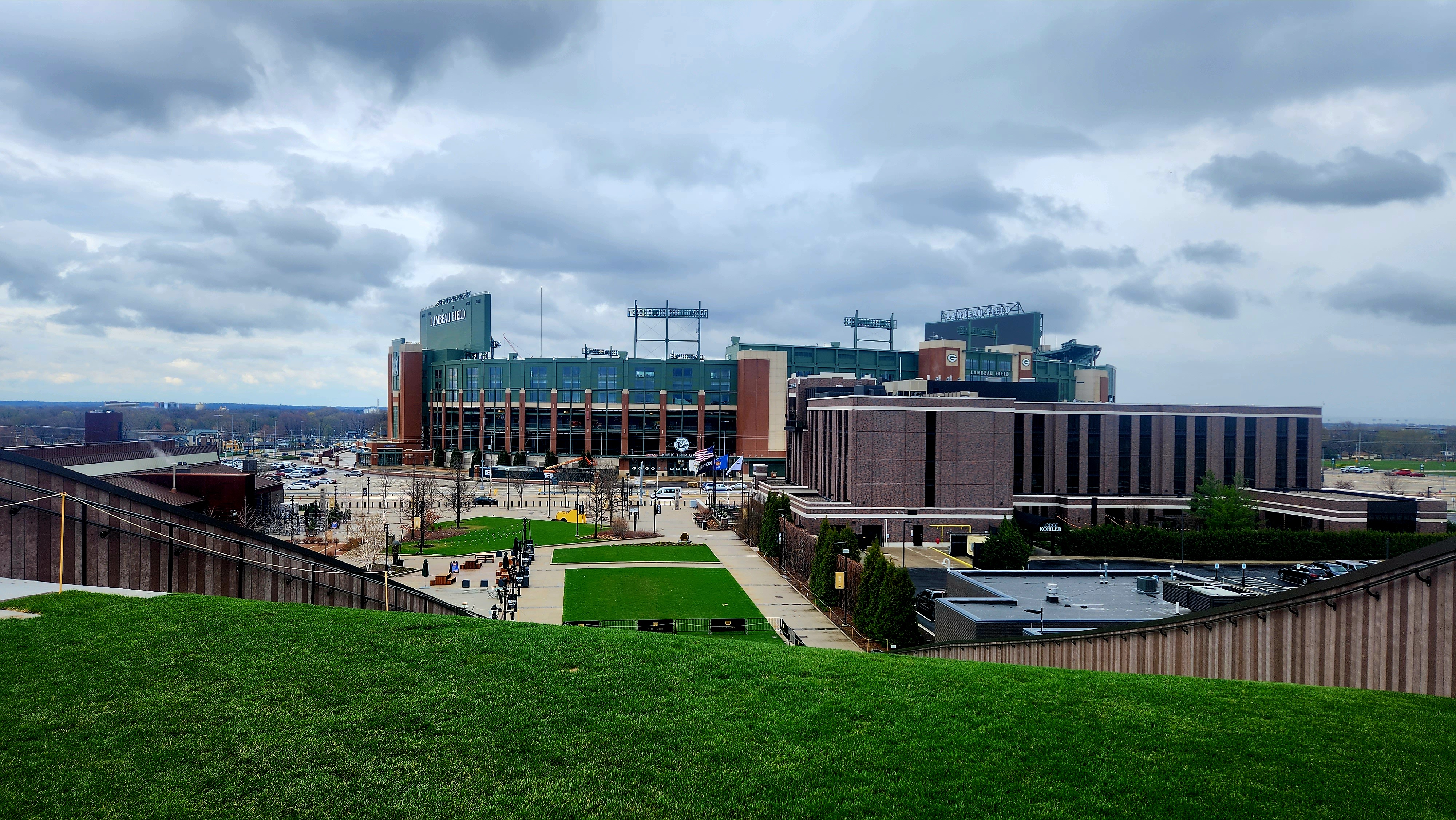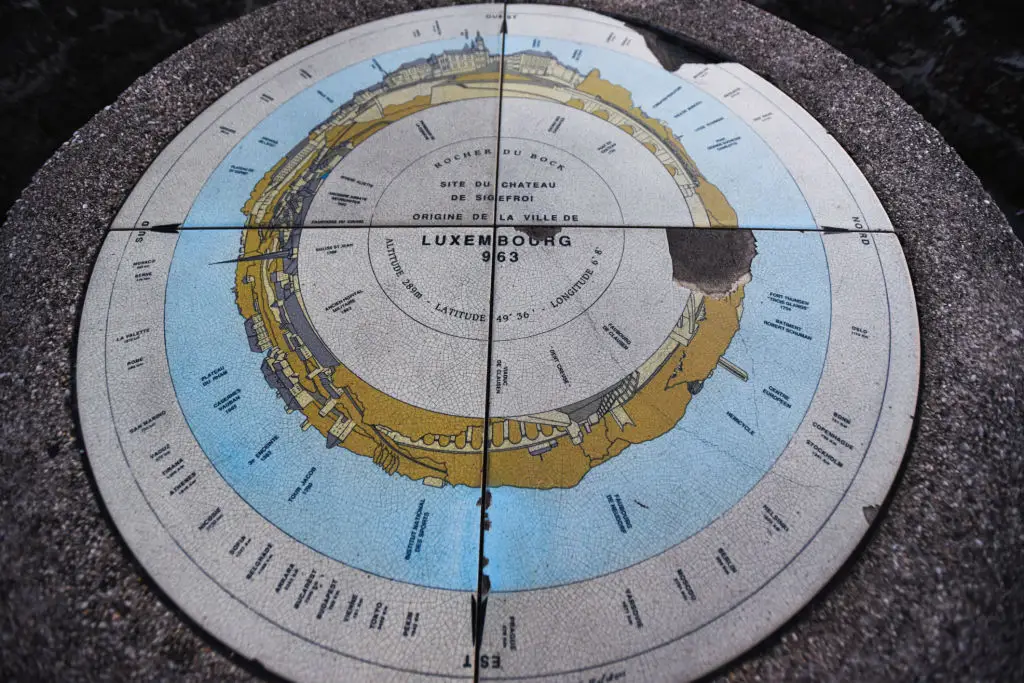13 Remote Stargazing Getaways With Pure Darkness And Pure Wonder
In a world flooded with artificial light, true darkness is a rare luxury—and with it, the stars. For travelers seeking awe beyond skyscrapers and streetlights, stargazing offers a different kind of escape: quiet, humbling, and infinite. Whether you're lying in a desert, perched on a mountaintop, or tucked into a remote island cottage, these destinations remind us what the night sky used to be—before neon and noise took over. From the Southern Hemisphere’s best-kept secrets to Arctic skies that dance with auroras, here are 13 of the world’s most breathtaking places to reconnect with the cosmos.
1. Aoraki Mackenzie, New Zealand
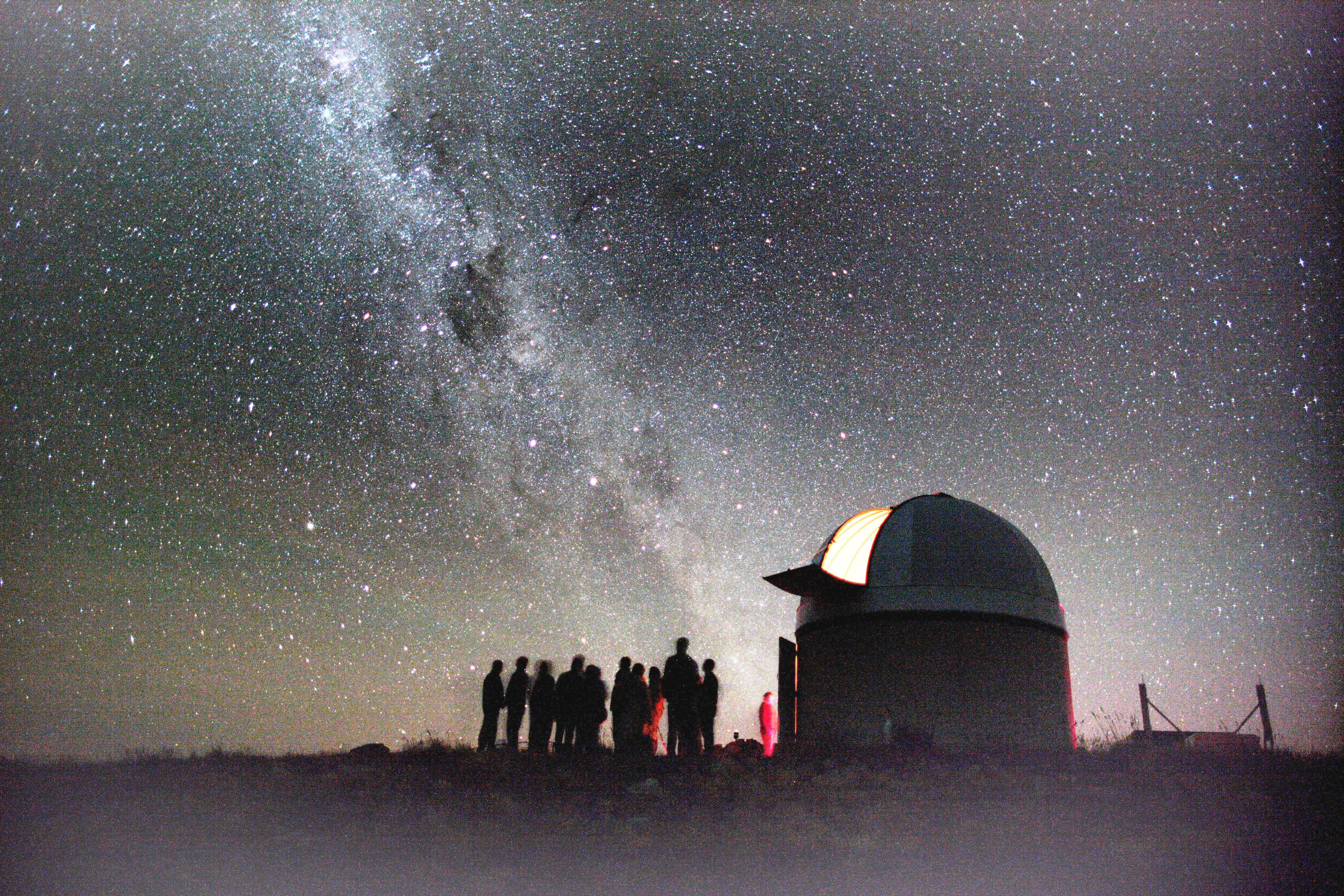
Tucked within the heart of New Zealand’s South Island, the Aoraki Mackenzie Dark Sky Reserve offers one of the most awe-inspiring nightscapes on Earth. As a designated UNESCO Dark Sky Reserve, its remote high-altitude terrain and minimal light pollution create ideal conditions for celestial observation. Here, the Milky Way spills across the sky with striking clarity, constellations shimmer unobstructed, and the occasional shooting star arcs overhead. From the shores of Lake Tekapo—its waters mirroring the cosmos above—travelers are granted a humbling reminder of our place in the universe.
2. Atacama Desert, Chile
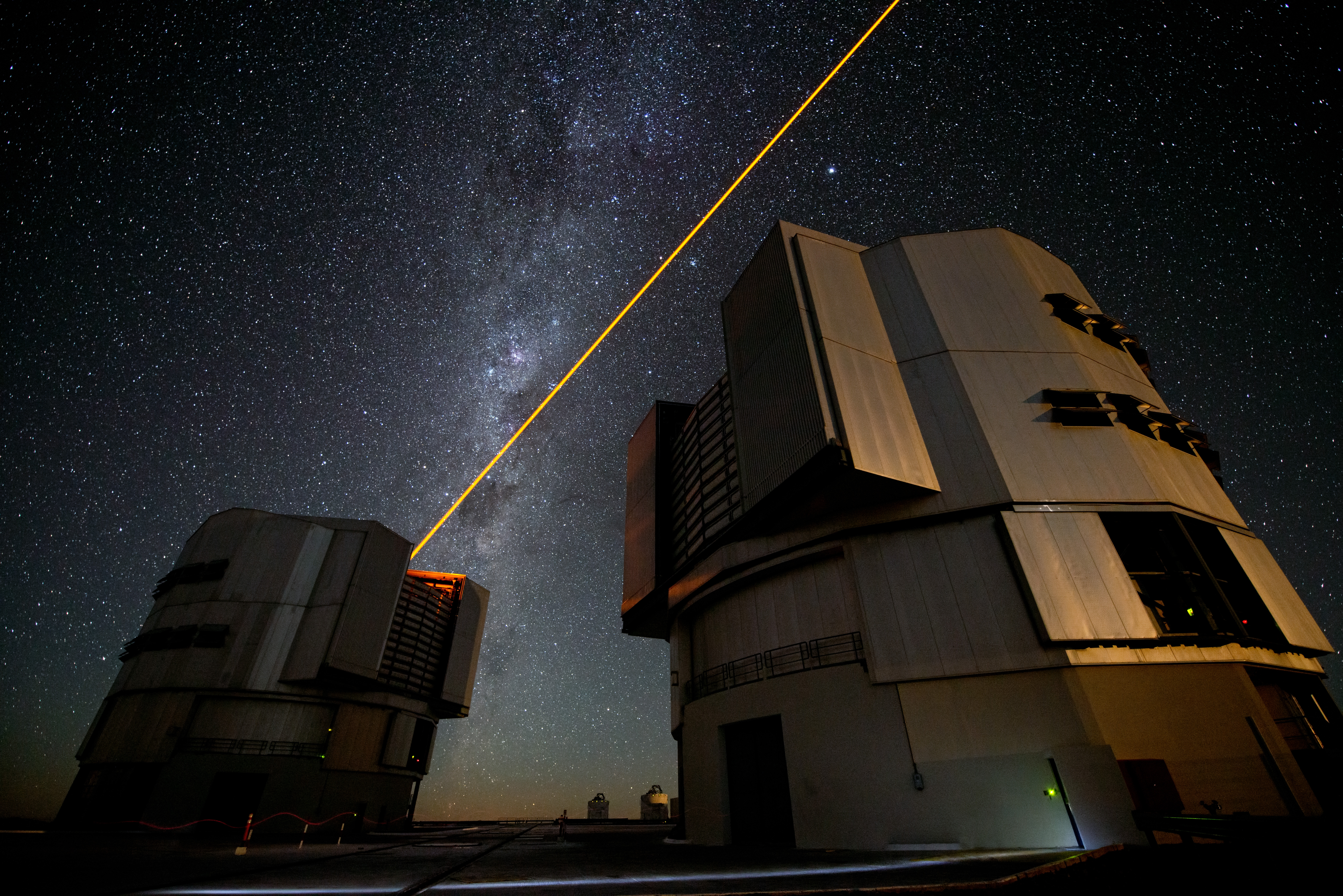
High in the Chilean Andes, the Atacama Desert presents one of the most extraordinary stargazing experiences on the planet. With its bone-dry climate, high elevation, and near-constant cloudless skies, this otherworldly landscape has become a haven for both NASA scientists and passionate skywatchers alike. The absence of light pollution renders the night sky startlingly vivid—stars appear almost within reach, and the constellations blaze with rare intensity. It’s no wonder the European Southern Observatory chose this remote expanse as home to some of its most advanced telescopes.
3. Jasper National Park, Canada
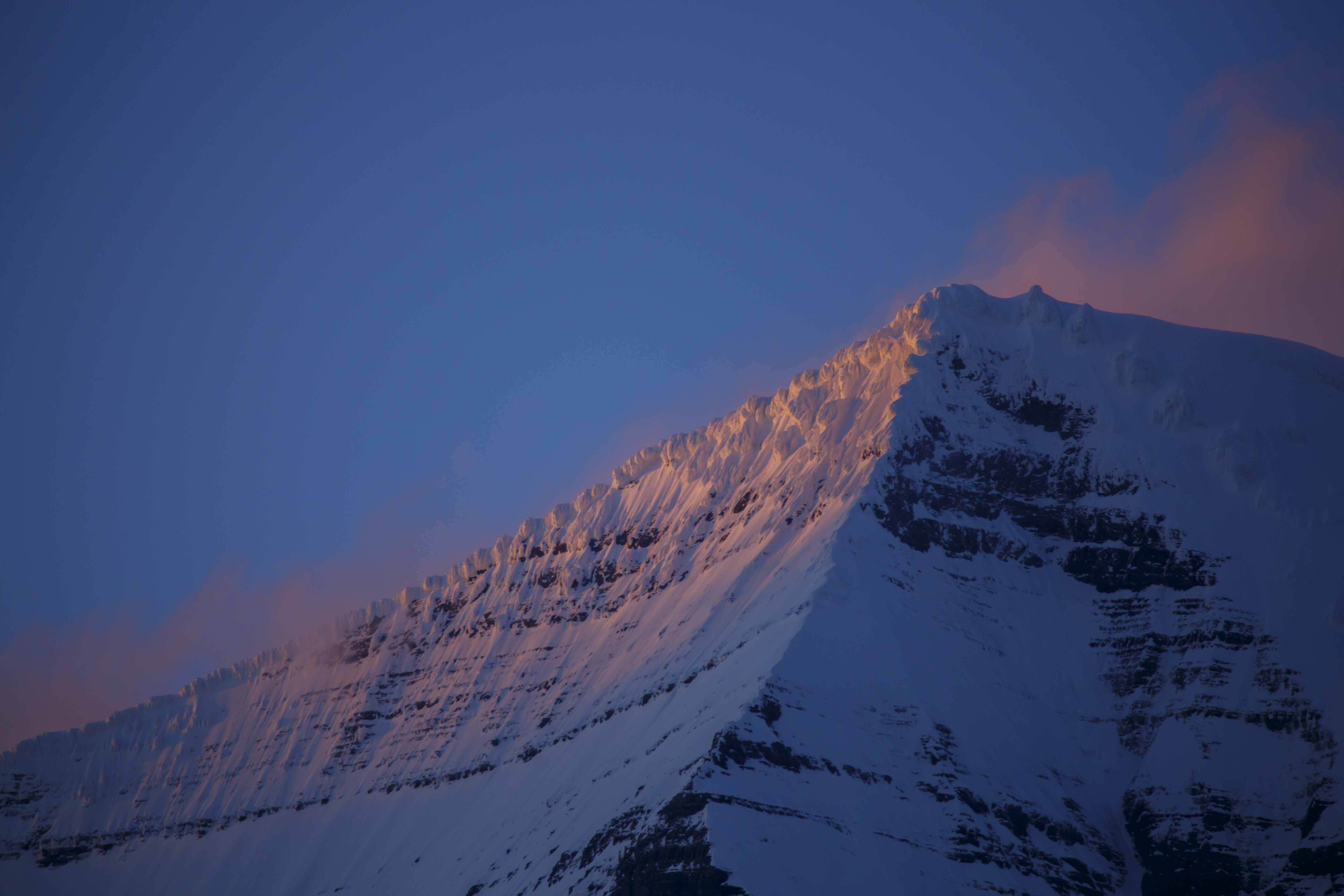
Nestled in Alberta’s Canadian Rockies, Jasper National Park is a certified Dark Sky Preserve where nightfall unveils a galaxy in motion. This vast wilderness becomes a stargazer’s playground after sunset, with minimal light pollution and dramatic alpine silhouettes framing the stars. Autumn offers a particularly enchanting window—crisp air sharpens the skies, and the annual Dark Sky Festival transforms the park into a living observatory. Visitors can join guided hikes, peer through powerful telescopes, and even catch the ethereal shimmer of the Northern Lights.
4. NamibRand Nature Reserve, Namibia

Spanning the ancient expanse of the Namib Desert, the NamibRand Nature Reserve is a stargazing sanctuary like no other. As one of the world’s only Gold Tier International Dark Sky Reserves, it offers boundless horizons and an almost surreal absence of artificial light. Under its ink-black canopy, the Southern Cross hangs clear, planets drift in luminous arcs, and the Magellanic Clouds—two neighboring galaxies—emerge to the naked eye. The reserve’s isolation deepens the sense of cosmic immersion, making each night feel like a private dialogue with the universe.
5. Mauna Kea, Hawaii, USA

Towering nearly 14,000 feet above sea level, Mauna Kea is both a sacred Hawaiian peak and one of the most revered stargazing sites in the world. Rising above the cloud line and far from city lights, its summit provides crystal-clear views of the Northern Hemisphere’s night sky. The thin atmosphere and minimal moisture allow stars, planets, and distant galaxies to shine with piercing intensity. It’s no surprise that some of the world’s most powerful observatories are perched here. The experience is otherworldly, but not without caution—acclimating to the altitude is essential.
6. Brecon Beacons, Wales
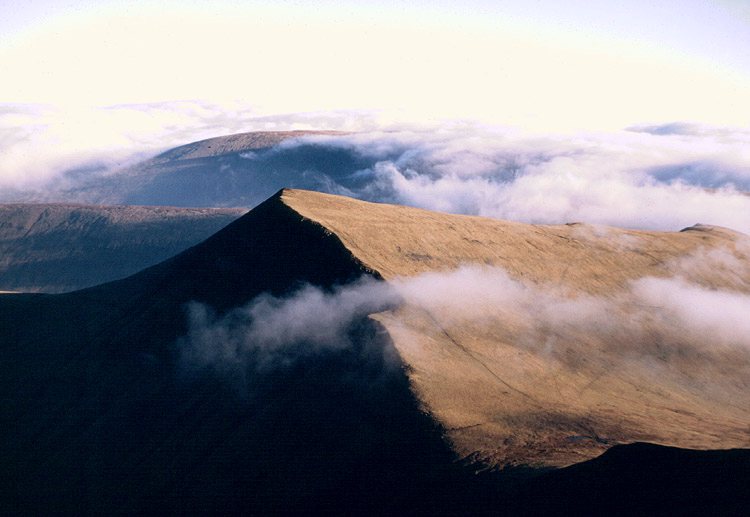
Tucked away in southern Wales, Brecon Beacons National Park is a quietly spectacular destination for night-sky seekers. As one of the UK’s first designated Dark Sky Reserves, it offers an ideal balance of accessibility and untamed beauty. Rolling hills give way to vast open skies, where nebulae, star clusters, and the occasional meteor streak are visible to the naked eye. Whether you’re a seasoned astronomer or a curious traveler, Brecon Beacons invites you to look up and linger.
7. Uluru-Kata Tjuta National Park, Australia
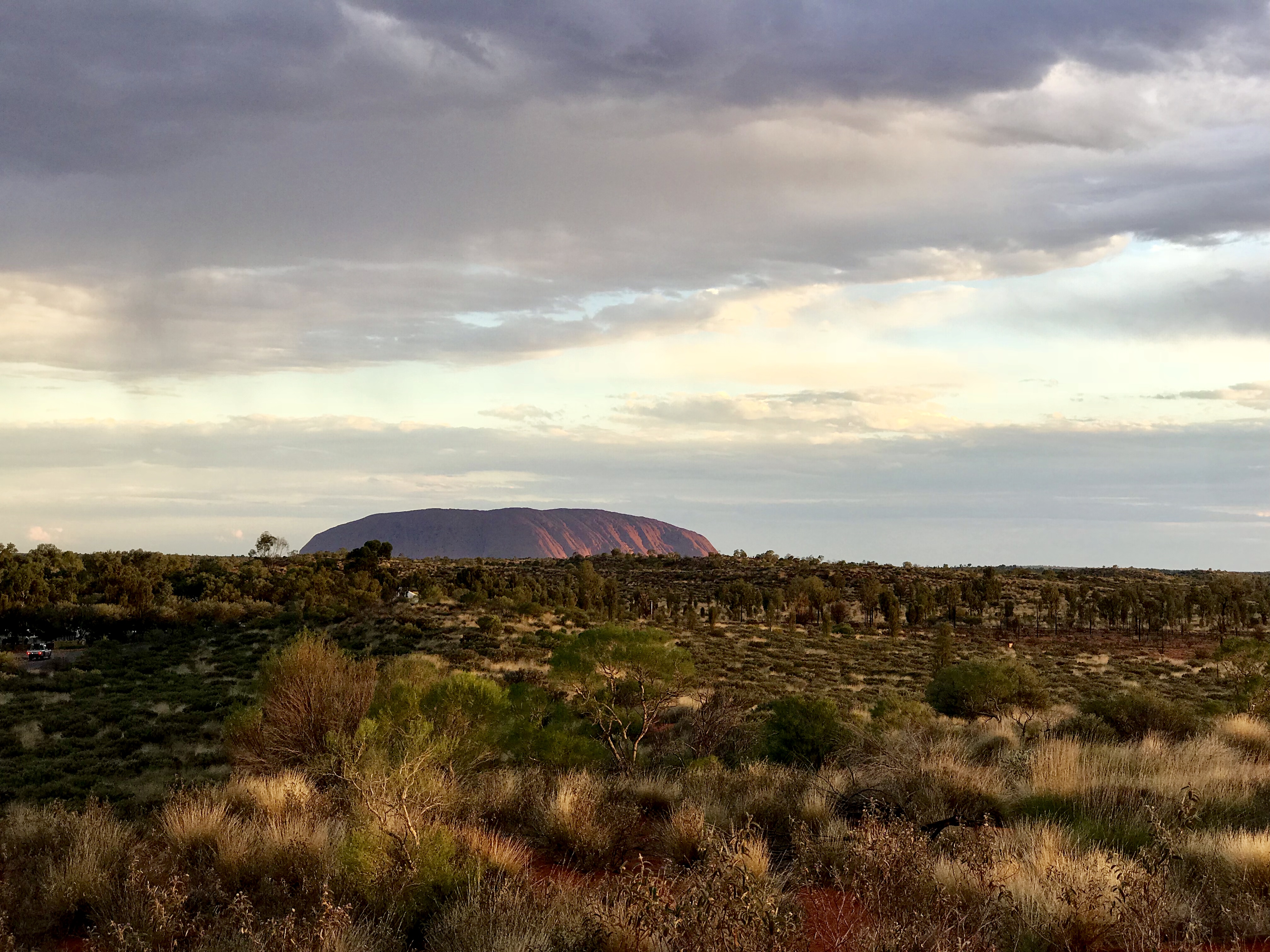
Far beyond the glow of city lights, Australia’s Red Centre offers one of the most immersive stargazing experiences on Earth. Set against the backdrop of iconic red rock landscapes like Uluru and Kata Tjuta, the night sky here unfolds in breathtaking clarity. With no major urban centers for hundreds of miles, the darkness is profound and uninterrupted—revealing constellations, planets, and the Milky Way in dazzling detail. What makes this experience even more powerful is the integration of Indigenous sky stories, which weave cultural meaning into celestial patterns.
8. La Palma, Canary Islands, Spain
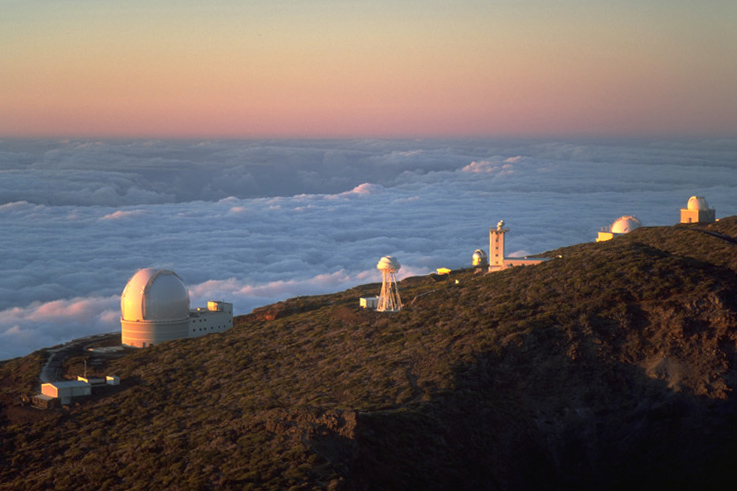
Rising from the Atlantic and crowned with volcanic peaks, La Palma—aptly nicknamed La Isla Bonita—is a haven for stargazers seeking purity in the night sky. This Canary Island gem is home to one of the world’s top astronomical observatories, perched high above the clouds at the Roque de los Muchachos. What sets La Palma apart is its pioneering “Sky Law,” a set of legal protections that restrict light pollution island-wide, ensuring unmatched sky clarity. From its rugged calderas, travelers can witness meteor showers, star fields, and deep-sky objects with astonishing visibility.
9. Kiruna, Sweden

Perched high above the Arctic Circle, the Swedish town of Kiruna offers a rare and mesmerizing celestial duality: stargazing beneath a sky alive with the Northern Lights. In winter, the polar night cloaks the landscape in extended darkness, creating an ideal canvas for both constellations and auroras to dance side by side. The crisp air and minimal light pollution heighten visibility, allowing stars to pierce the sky even as waves of green and violet shimmer overhead.
10. Wadi Rum, Jordan
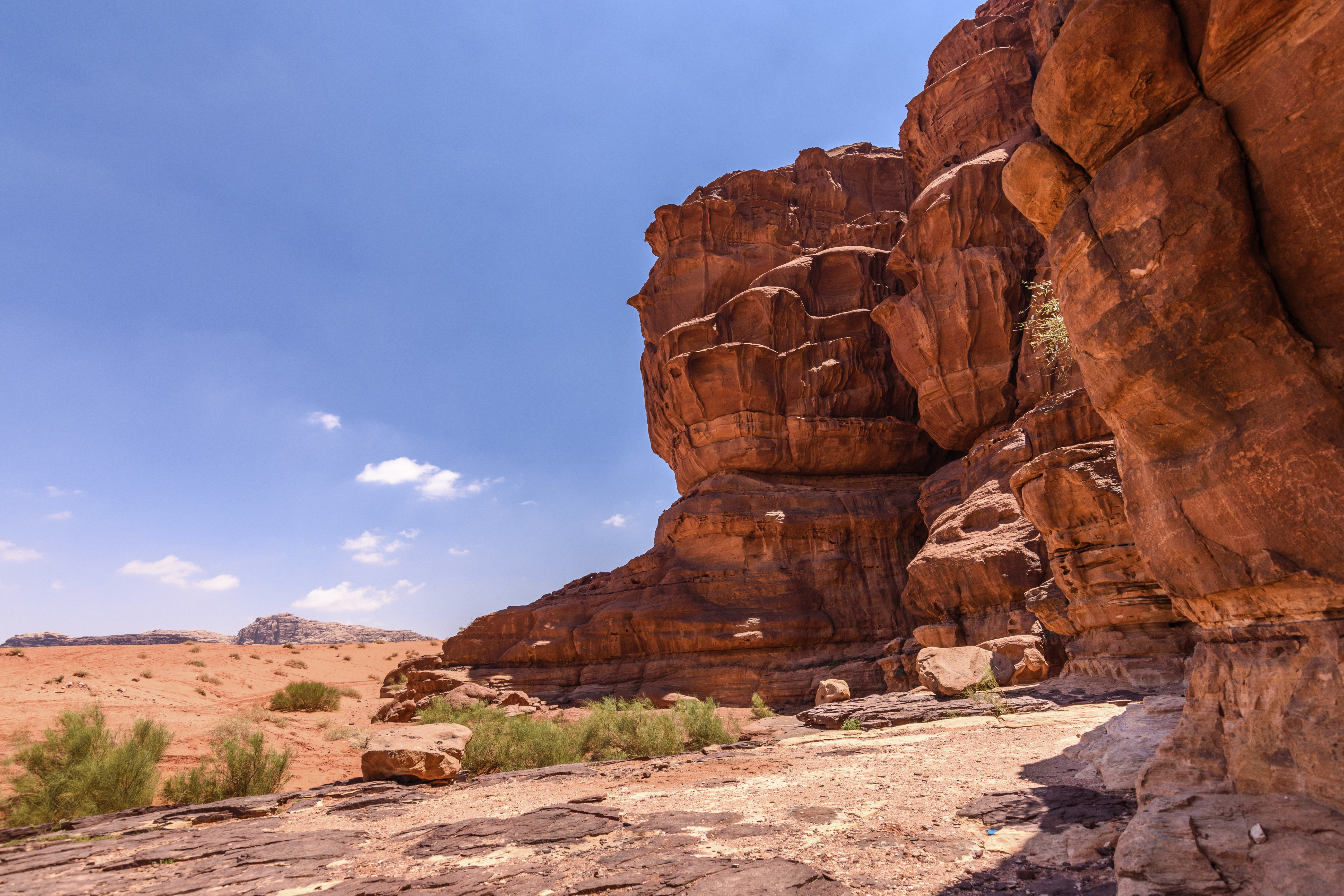
Known as the Valley of the Moon, Wadi Rum’s surreal desertscape offers an unmatched blend of earthly stillness and celestial grandeur. With its Martian-like terrain of towering sandstone cliffs and rust-colored dunes, this southern Jordanian wonder becomes a stargazer’s dream once night falls. Far from urban light, the skies here turn ink-black—perfect for tracing constellations, spotting distant planets, and witnessing the slow swirl of the Milky Way. Bedouin camps provide a grounding presence beneath the stars, pairing ancient hospitality with stories passed down through generations.
11. Big Bend National Park, Texas, USA
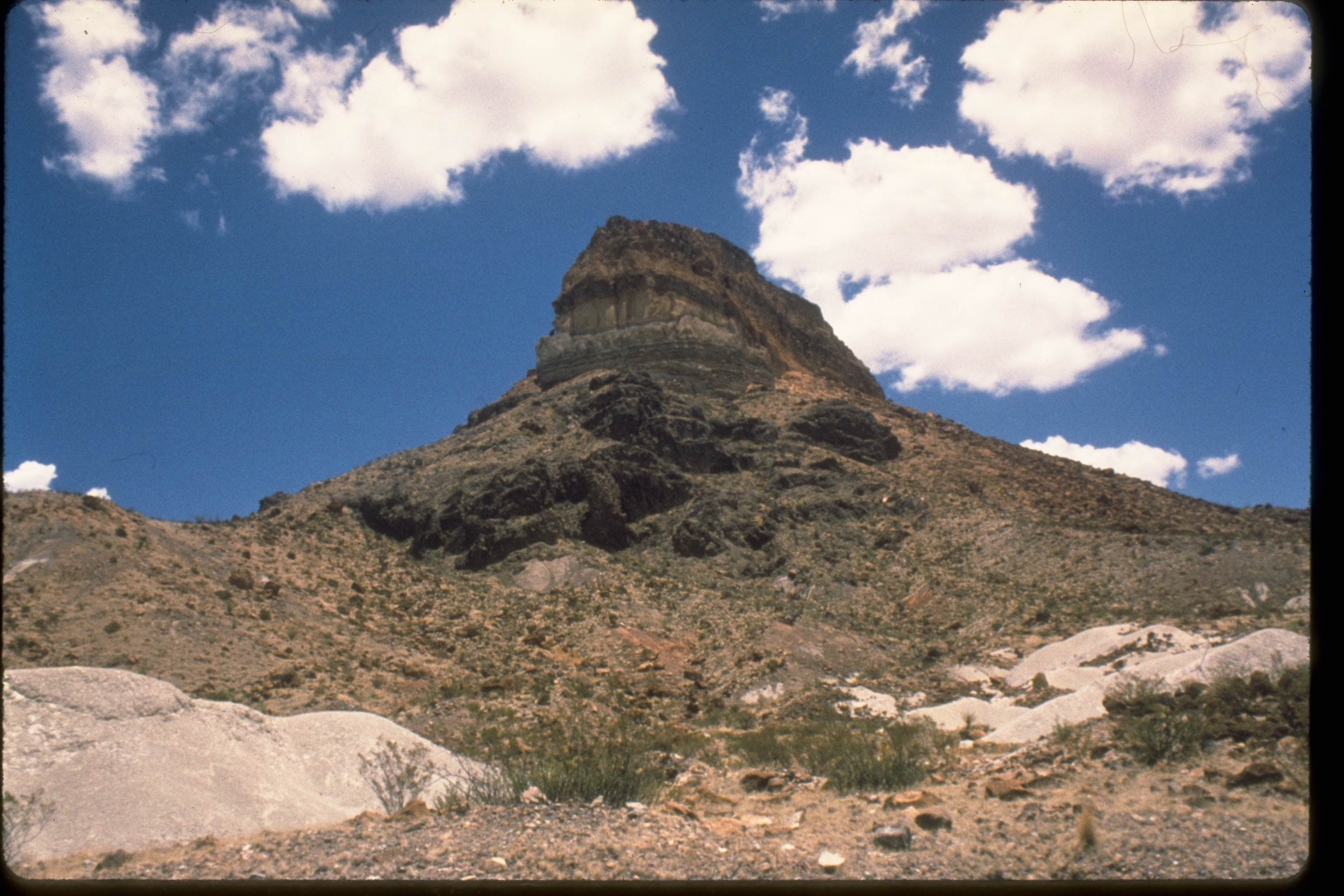
Deep in the remote reaches of West Texas, Big Bend National Park offers some of the darkest and most dazzling night skies in the continental United States. Set against the vast backdrop of desert mesas and rugged canyons, this wild frontier becomes a natural planetarium after sunset. The dry air and minimal light pollution reveal a sprawling celestial panorama—planetary alignments, shooting stars, and deep-space wonders unfold with cinematic clarity. Here, stargazing takes on a distinctly Western flair: think quiet nights, open skies, and the timeless rhythm of cowboy solitude.
12. Sagarmatha National Park, Nepal

Perched among the towering peaks of the Himalayas, Sagarmatha National Park—home to Everest Base Camp—offers a celestial experience few places on Earth can match. At these extreme altitudes, where the air is thin and ambient light is virtually nonexistent, the night sky unfolds in crystalline detail. Stars sprawl across the heavens like frost etched on glass, untainted by the glow of civilization. The journey here demands grit and acclimatization, but those who make the climb are rewarded with galactic vistas that feel almost primordial.
13. Isle of Sark, Channel Islands
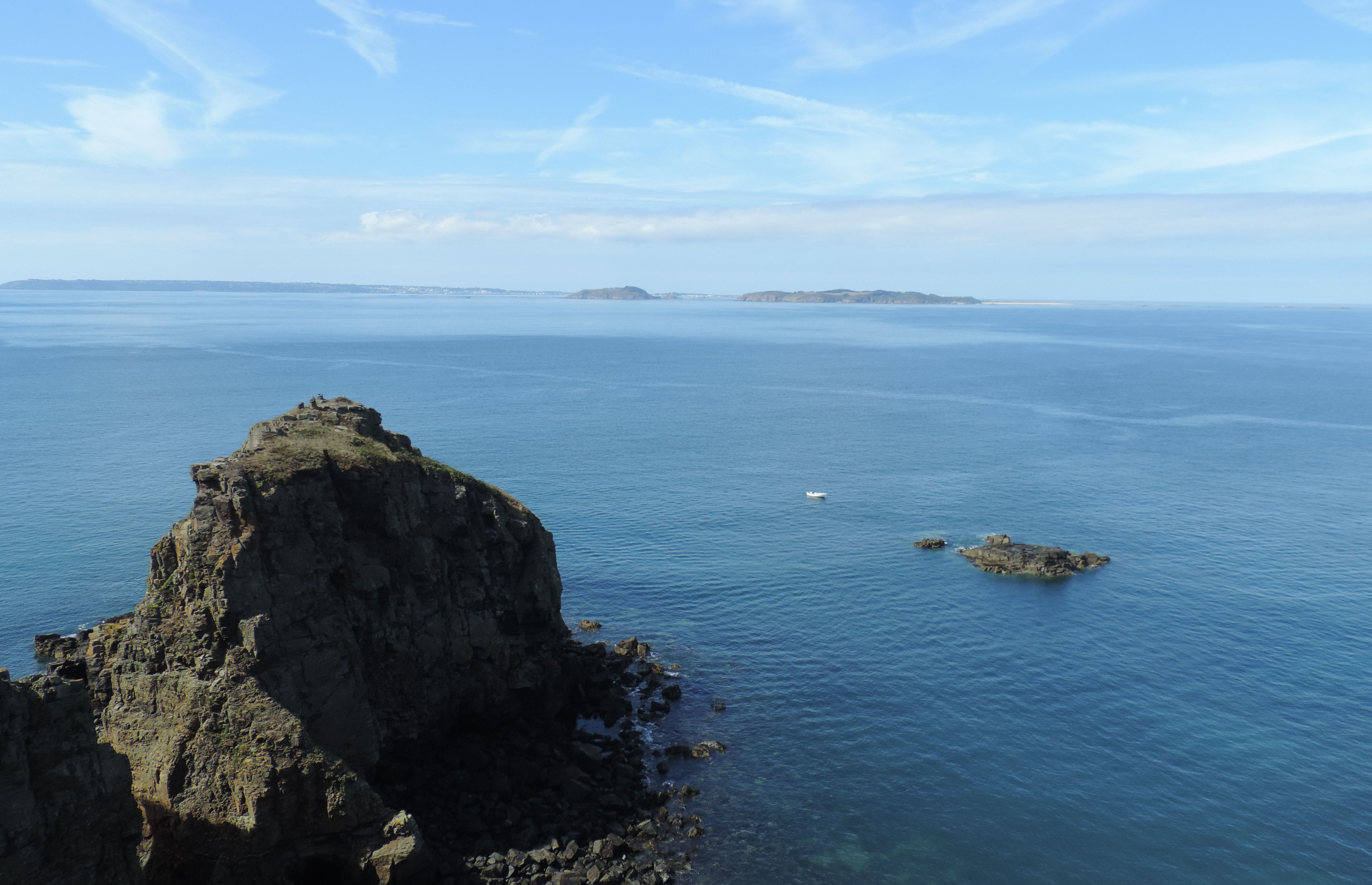
Tucked in the Channel Islands, Sark is a place where time slows and the skies speak. With no cars, no streetlights, and virtually no modern interference, this pint-sized island offers a rare kind of darkness—velvety, total, and awe-inspiring. As the world’s first designated “Dark Sky Island,” Sark invites stargazers to step back into a quieter rhythm, where constellations reign and the Milky Way feels almost woven into the night itself. Its clifftop paths and open fields become natural observatories, untouched by urban glow.
Stargazing isn’t just about the view—it’s about perspective. It strips away the noise of daily life and offers something quieter, older, and far more constant. In these remote corners of the world, where the sky is still dark enough to be honest, you’re reminded that the universe doesn’t need your permission to be beautiful. So, bring a blanket, leave your notifications behind, and look up. These destinations don’t just promise stars—they offer stillness, wonder, and a chance to feel delightfully insignificant in the grand scheme of things.






